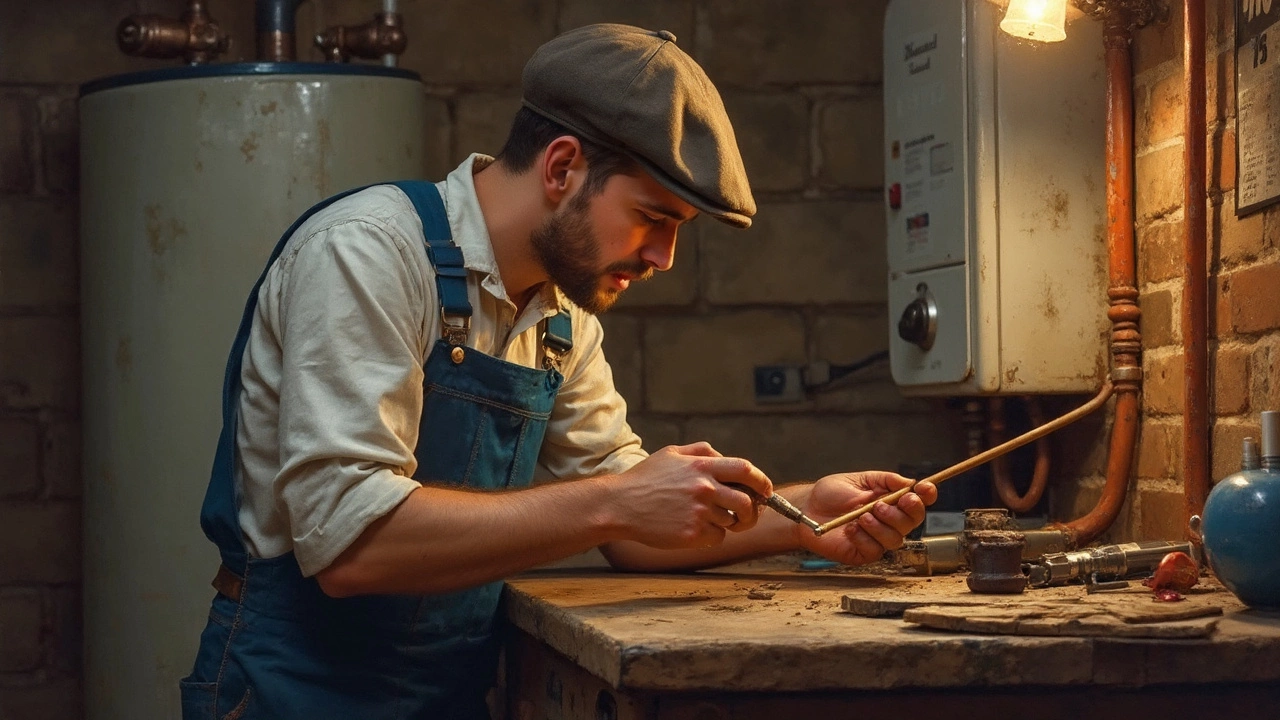All About Anode Rods: Why They’re Key and How to Care for Them
If you own a boiler or a water heater, you’ve probably heard the term anode rod tossed around. It’s a simple metal bar, but it does a big job: it protects the tank from rust. When the rod wears out, the tank can start corroding, leading to leaks, expensive repairs, or a full replacement. Below you’ll find plain‑English advice on what the rod is, how to spot trouble, and how to replace it yourself.
What Is an Anode Rod?
An anode rod is a sacrificial piece of metal—usually magnesium, aluminium, or zinc—installed inside a water heater or boiler. It sits in the water and attracts the corrosive elements that would otherwise eat away at the steel tank. Think of it like a credit card that takes the damage for the rest of the system. Over time the rod erodes, and that’s a good sign because it means it’s doing its job.
How to Inspect and Replace Your Anode Rod
Step 1: Gather tools. You’ll need a wrench (often a 1‑1/2" or 2" socket), a garden hose, and a flashlight. If you have a magnesium rod, wear gloves because it can be sharp.
Step 2: Turn off power or gas. Safety first – shut off the breaker for electric heaters or the gas valve for gas models. Let the water cool for at least an hour; hot water can cause burns.
Step 3: Locate the access panel. Most tanks have a small screw‑on cap on the top or side. Remove it, then unscrew the existing rod. It may be stuck; a little wiggle and steady torque usually frees it.
Step 4: Check the rod’s condition. Pull it out and look. If more than half the metal is gone or the surface is heavily corroded, replace it. A brand‑new rod looks solid and shiny.
Step 5: Install the new rod. Wrap the threads with plumber’s tape to prevent leaks, screw the new rod in snugly, and replace the access panel. Turn the power or gas back on and let the heater run for a few minutes.
After a day or two, flush the tank by running a hot tap for 10‑15 minutes. This helps clear any debris that may have collected while you were working.
Most manufacturers recommend checking the anode rod every 12‑24 months, depending on water hardness and usage. If you have hard water, check more often because the rod wears down faster.
Skipping this simple check can let rust build up unnoticed. A corroded tank not only leaks but also reduces heating efficiency, meaning higher energy bills. A fresh anode rod can add years to the life of your heater for just a few pounds.
If you’re unsure or the rod is hard to reach, give a local South Shields appliance repair service a call. Technicians can replace it quickly and make sure everything is sealed properly.
